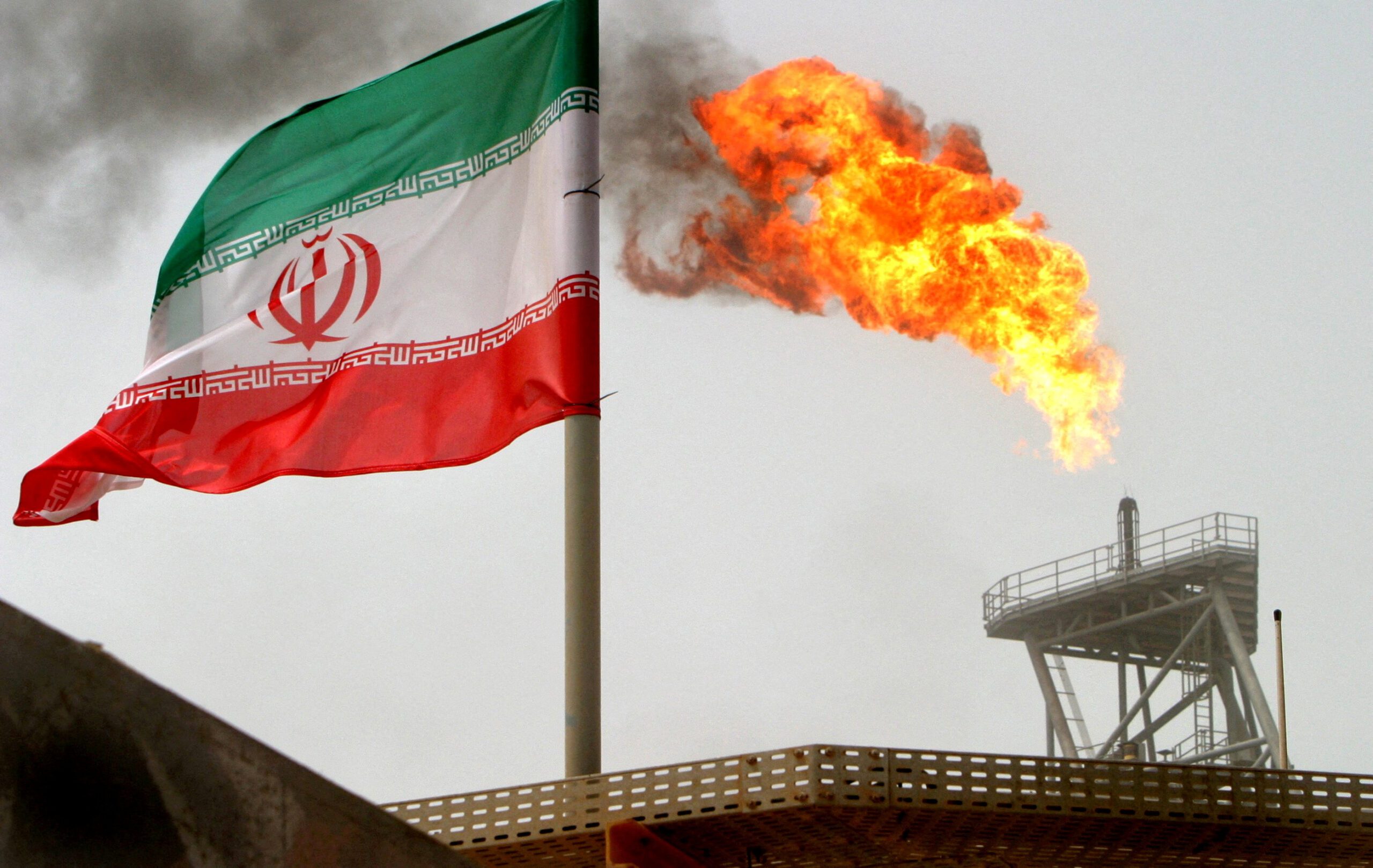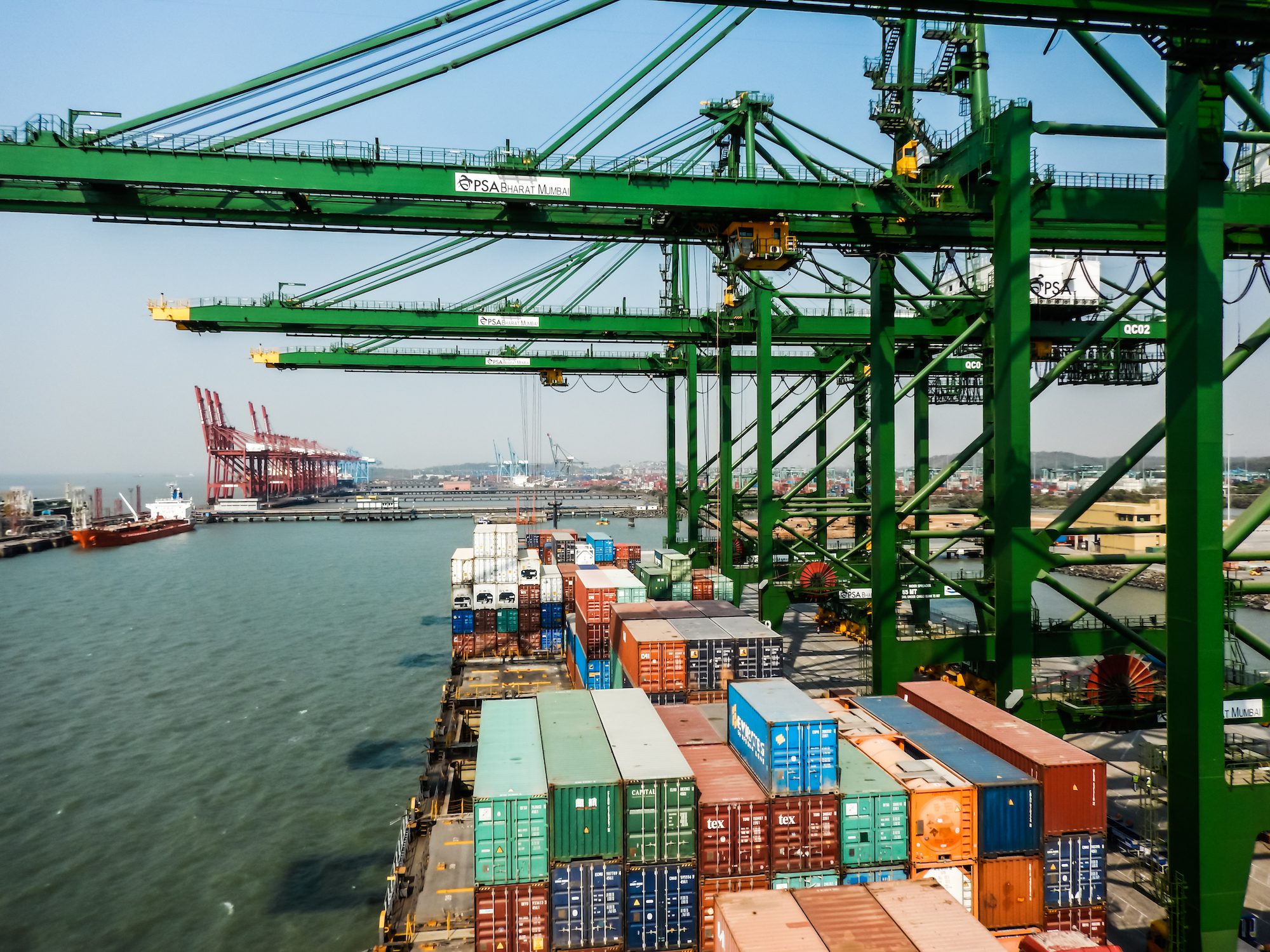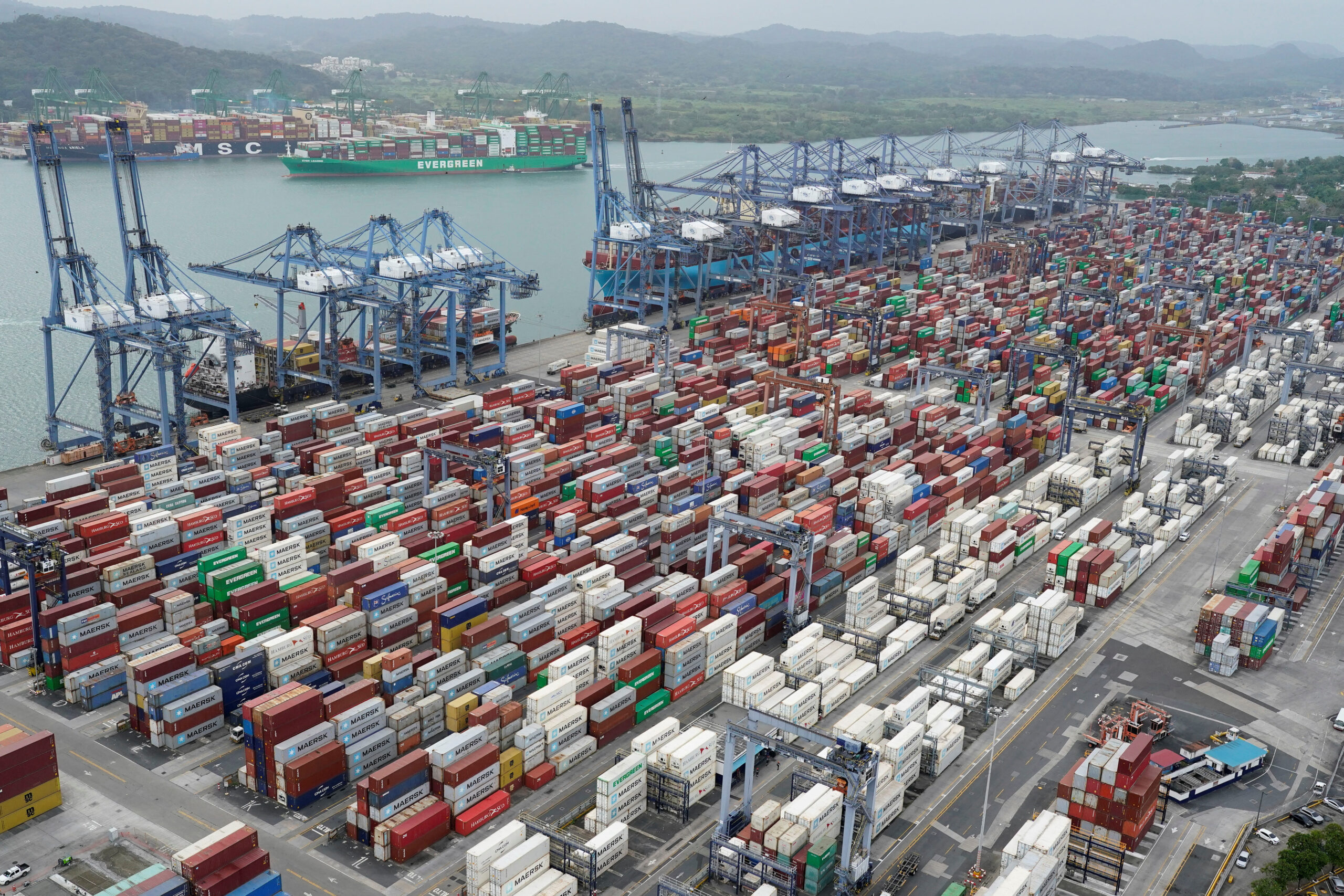The U.S. 7th Fleet flagship USS Blue Ridge (LCC 19) underway in the Indian Ocean, March 31, 2016. U.S. Navy Photo
By James Stavridis (Bloomberg View) — North Korean leader Kim Jong Un is fixated on obtaining a serious nuclear arsenal, and continues to thumb his nose at the U.S. and other world powers. The latest round of United Nations Security Council sanctions approved Monday are not going to change that. But one aspect of them — new measures to interdict ships breaking trade embargoes against Pyongyang — could be baby steps toward much stronger sanctions enforcement.
The new resolution gives the U.S. and other countries the power to inspect ships going in and out of North Korea’s ports but, unfortunately, does not authorize the use of force if the target ships don’t comply. Equally bad, the inspections would need the consent of the countries where the ships are registered. This is a far weaker regime than what was initially proposed by the Donald Trump administration, which would have empowered U.S. military vessels to “use all necessary measures” to force compliance. That the language was watered down to avoid a veto from Russia or China.
The fact is, the only way to keep the Kim regime from violating UN sanctions would be a stringent naval blockade. While a full-on blockade would require a Security Council resolution, it would be possible for the U.S. to immediately start putting in place the rudiments of a comprehensive inspection regime on the high seas, which could be easily adapted over time as more allies, partners and ultimately geopolitical competitors like China and Russia can be persuaded to sign on. Indeed, the Trump administration has already been thinking along these lines.
Such a blockade would serve three key purposes: definitively cutting off North Korea’s access to oil imports from the sea; stopping Korean exports, especially textiles and seafood (which are of significant hard currency value to the regime); and ensuring that high-tech machinery and raw materials that might support Kim’s nuclear-weapons and missile programs are not allowed into the Hermit Kingdom.
While China might continue to provide such supplies across the long Chinese-North Korean land border, a naval blockade would increase pressure on Beijing to comply with existing UN sanctions, as any illegal imports would be obvious proof of Chinese violations.
Setting up a naval blockade is a tactical challenge, even for the U.S. North Korea operates commercial and military ports on its east and west coasts of the peninsula, including Nampo on the Bay of Korea and Hungnam on the Sea of Japan. It also has ports in the far northeast of the country on the edge of Russia, which has been one of Kim’s apologists on the world stage. Shutting down the entire flow of goods into and out of North Korea would significantly tax the U.S. Pacific Fleet.
But it wouldn’t be impossible. The blockade would probably be commanded and controlled tactically out of Seoul, at the headquarters of the commander of U.S. Forces Korea, Army General Vincent Brooks. (An odd legacy of the Korean War is that Brooks is also the commander of UN forces on the peninsula.) At sea, the Navy would probably operationalize the blockade under the overall tactical control of the commander of the U.S. Seventh Fleet, which is based across the Sea of Japan in Yokosuka. The flagship of the fleet, the USS Blue Ridge, is optimized for complex combat operations and would be the seagoing base for the blockade. The fleet has a new commander, Admiral Phil Sawyer, who was brought after the collisions of two Navy destroyers, the McCain and Fitzgerald, with commercial ships this year.
Given the highly volatile North Korean regime, the U.S. would be prudent to have at least one aircraft carrier on station in the Sea of Japan, with its 80 airplanes capable of helping protect the blockade ships and participating in the surveillance over the vast ocean approaches to Korea. The real work of the blockade would be done by Navy destroyers and cruisers, mostly those based in Japan. (Unfortunately, this fleet has been reduced by two, with the McCain and Fitzgerald now under repair.) The U.S. would probably move a another full carrier strike group — about eight to 10 ships, including the carrier — to the region to augment the forces of Seventh Fleet.
The blockade would be broken up into what we call “at-sea zones”: likely a green zone more than 500 miles from the Korean Peninsula; a yellow zone from 200 nautical miles off the North Korean coast out to 500 nautical miles; and a red zone consisting of the sovereign waters of North Korea — a 12-nautical-mile territorial area, a 24-nautical-mile contiguous zone, and then a 200-nautical-mile exclusive economic zone.
This is a vast water space to manage, and would require nonstop surveillance by overhead satellites, long-range maritime patrol aircraft and unmanned “long-dwell” drones — those with the ability to linger over a target for the longest time — working in concert to maintain maritime situational awareness and a viable plot of approaching and departing ships. Every ship entering the yellow zone would need to be tracked, and boarded for inspection and possible confiscation when it entered or departed the red zone.
Until the Security Council passes a resolution enforcing a blockade — as it did during the intervention in Libya in 2011 — this would have to be a “coalition of the willing” operation. The U.S. would certainly approach Pacific allies including South Korea, Japan, Australia, New Zealand and Singapore. The ships operating in such a blockade do not all need to be super-high-end destroyers; frigates, corvettes and other lighter surface combatants from allies could be very helpful. A force of at least six to eight vessels on both coasts of North Korea would be required.
The real challenge, of course, would be political, not operational. While North Korea will strenuously resist, it does not have the long-range targeting ability or enough combatant vessels to realistically challenge a blockade. But objections from both Russia and China, who certainly have the ability to confront a U.S.-led effort, would be a big hurdle. They might choose, for example, to disregard the blockade, escort North Korean and third-party ships through it, or even actively oppose it by challenging U.S. ships at sea.
The biggest downside of a naval blockade would be the possibility of an at-sea confrontation between U.S. and allied warships and those of either China or Russia. While there is a small chance of escalation as a result of such a confrontation, it seems unlikely to significantly escalate. Neither China nor Russia are so invested in North Korea as to risk combat with the U.S., particularly at sea, where our navy holds a significant comparative advantage. Additionally, if the U.S. seriously lays out the international legal case for the blockade, and emphasizes that it has no desire for regime change as well as a willingness to open up four- or six-party talks, the odds of this spiraling out of control further diminish. While such a risk is real, it is less of a risk than simply allowing North Korea to continue on unchecked.
The U.S. has solid experience in implementing blockades over the years, from the Civil War and Cuban missile crisis to the more recent conflicts in the Balkans and Haiti. We know how to do this, and it presents an opportunity to throw the North Koreans off their stride and pinch their economy in a way that may avoid the need for a huge military conflict down the road.
While Kim is not irrational, he is well-named: the “Un” could stand easily for “un”-predictable, “un”-tested and “un”-stable. He feels he needs a nuclear deterrent to keep his family dynasty in power, and he’s a clever tactician who finds ways to confound traditional responses to his behavior, always operating with the logic of his own. A strong naval blockade might be the best chance to break the cycle in which he initiates action, and the U.S. and its allies simply respond.
This column does not necessarily reflect the opinion of the editorial board or Bloomberg LP and its owners.
James Stavridis, a retired U.S. Navy admiral and former military commander of NATO, is dean of the Fletcher School of Law and Diplomacy at Tufts University. His most recent book is “Sea Power: The History and Geopolitics of the World’s Oceans.”

 Join The Club
Join The Club











